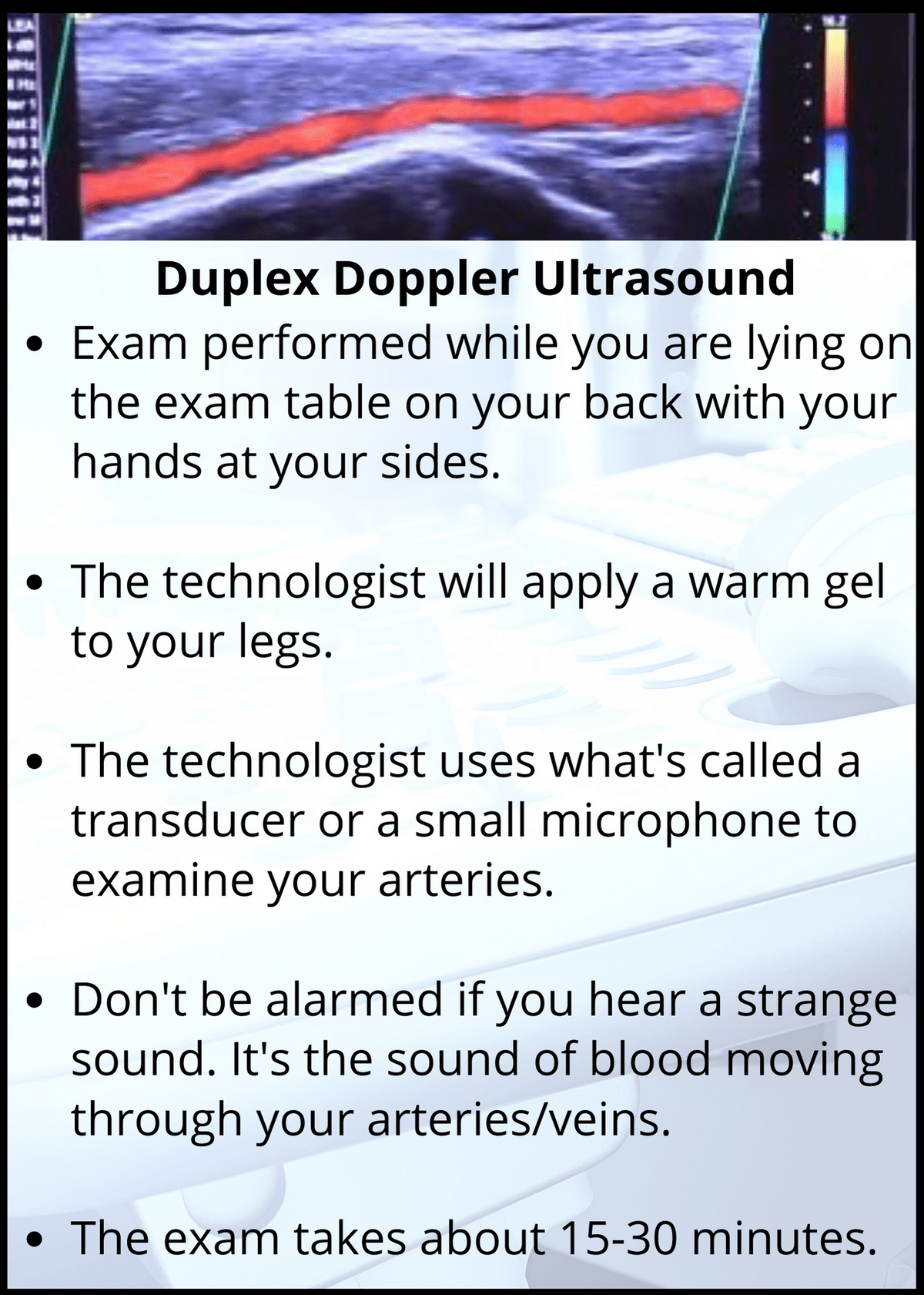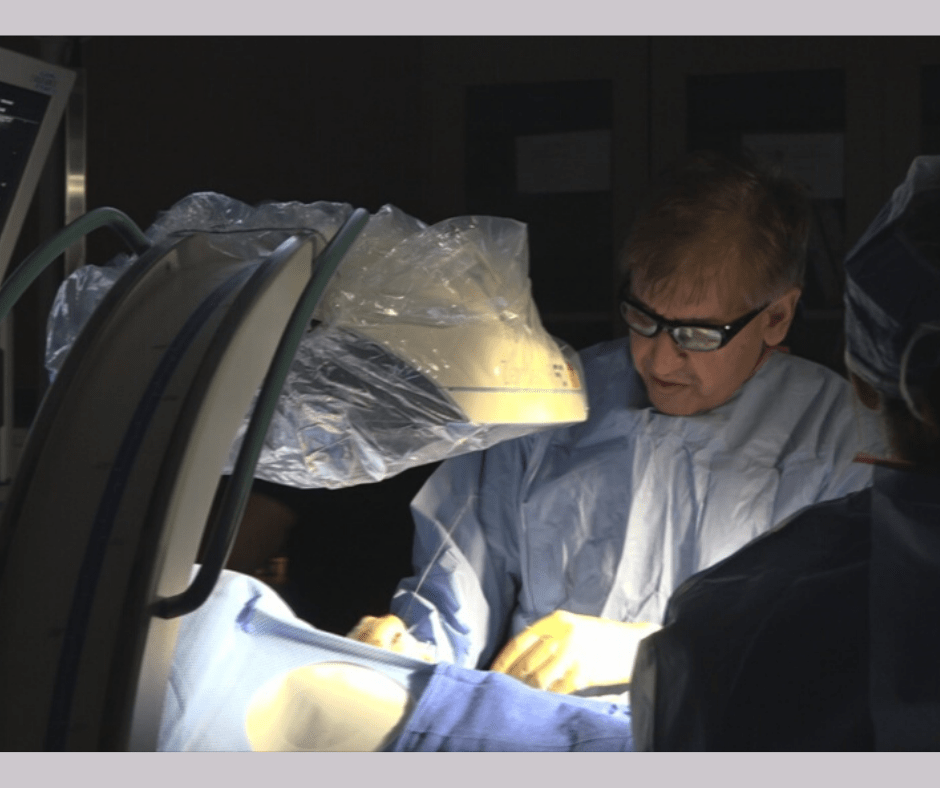

- Home
- About
- Get P.A.D. Support Now
- Peripheral Artery Disease Info
- What is PAD?
- Join P.A.D. Support Groups
- Getting Tested for PAD
- What Causes PAD
- Find A P.A.D. Doctor
- Critical P.A.D. Bloodwork
- Eating With PAD
- Patient Conferences
- P.A.D. walking support program
- Medical NotePAD
- FootNotes
- PADdy's Post Newsletter
- Amputation Prevention Panel
- PAD Warrior Task Force
- PAD Awareness Ribbon
- Red Sock Day
- PAD: The Lived Experience
- The Heart of Innovation
- Get Involved
- Swag Shop
- Donate
- PAD Equity
- 0

I THINK I HAVE PAD, NOW WHAT?
Say, "Hey, Doctor, Please measure the blood flow in my legs." If you don't have a doctor, use our Primary Care & Podiatrist Finder below to select a physician who offers PAD Testing in clinic.
Powered by:

For additional help and information on PAD Testing, call the
LEG SAVER Hotline 415-320-7138
Tests to Diagnose Peripheral Artery Disease (PAD)

Ankle-Brachial Index (ABI) Test
It compares the blood flow in the legs to that in the arms using multiple blood pressure cuffs strategically placed on the arms and legs.
NOTE: An ABI Test can give a FALSE normal result if:
1. You have diabetes and/or chronic kidney disease
2. Heavy calcification in your arteries.
If you have diabetes and/or are experiencing pain or cramping in your calf region.
If you have a normal result and you still have leg pain/cramping:
Say, "Hey Doctor, please order me a Duplex Ultrasound to make sure I don't have heavy calcification giving us a false normal result."

PADnet by Biomedix
The PADnet device, used in primary care and podiatry offices found in the locator tool above, measures several parameters related to vascular health, including Ankle-Brachial Index (ABI), Pulse Volume Recording (PVR), and Toe-Brachial Index
Ankle-Brachial Index: Compares the blood pressure in your arms versus your legs. Could offer a false normal for hardened arteries.
Pulse Volume Recording (PVR): Uses ultrasound to measure the blood flow. It's more accurate for diabetic and chronic kidney disease patients who might have hardened arteries.
Toe-Brachial Index (TBI): Compares the blood pressure in your big toe to your arms. TBI values above 0.6 usually indicate good blood flow
When you undergo a PADnet test, the process is simple and painless. Here's what you can expect:
- A trained technician will place blood pressure cuffs on your arms and ankles. A clip will be placed on your big toe.
- The technician will also place warm gel on specific blood pressure point and then use a Doppler device (wand) to measure the blood flow in these areas.

Duplex Ultrasound
A duplex ultrasound uses sound waves to create a color map of your arteries. It can indicate a narrowing in your arteries that may be causing you leg pain, leg cramps when walking, neuropathy, and/or rest pain.
Normal test results indicate that you have no narrowing or blockages in your arteries.
Abnormal blood flow patterns, including narrowing or closing of the arteries, can indicate a blockage in the arteries.
Depending on the result, a doctor may recommend lifestyle modifications to improve blood flow natural, a CT scan, and/or a minimally-invasive exam called an angiogram.

CT Scan/CT Angiogram (CTA)
This helps doctors better visualize any significant narrowing or blockages in your blood vessels. The image to the left is of the heart using a more advancd 256 Slice CT Scanner. A CT Angiogram typically involves an injection of contrast fluid into an IV to 'light up' the vessels so they can see how blood is flowing.

Angiogram
When your doctors confirm you have a blockage that likely needs treated, this procedure, which involves light to heavy sedation, is performed under xray, where doctors use an access port, called an introducer, to insert contrast fluid to highlight your arteries & veins. During the procedure, they may insert wires, catheters, balloons, and atherectomy (plaque removal) devices to restore blood flow.
Note: If a doctor offers an Angiogram before performing a Duplex Ultrasound - RED FLAG!
If a doctor can't assess where the blockage is using a Duplex Ultrasound and/or CTA Scan and provide possible treatment plans prior to an Angiogram - RED FLAG!
If a doctor offers an Angiogram when you are considered an Intermittent Claudicant, which means you have some leg cramps when you walk, but they go away at rest - RED FLAG!
For most patients, an angiogram should only be performed if frontline conservative therapy of medication and lifestyle modifications does not improve symptoms, typically over a three month time period and are lifestyle limiting. Patients must be compliant with medications and diligent in their efforts to stop smoking, eat better, and walk, walk, walk as prescribed.
An Angiogram may be scheduled urgently for patients experiencing rest pain and/or have a wound on their foot/toe that won't heal and tissue is actively dying.
Before an angiogram, make sure to discuss therapy (treatment) options such as balloon angioplasty, atherectomy (removal of plaque), thrombectomy (removal of blood clots), stenting, etc. It's important to understand their philosophy, tools, and techniques to reduce trauma to the vessel.
If there's time, it's good to get a second opinion. Choosing the right doctor to perform an angiogram is critical. Different doctors have different tools and techniques.
If a physician offers to perform an endarterectomy, bypass, or amputation prior to a proper angiogram, RED FLAG! There are few indications for surgical procedures as frontline treatment prior to an endovascular (minimally invasive approach). Some exceptions include 100% blockages, younger patients, and the presence of large, infected wounds/gangrene that require a quick flood of blood flow for healing). Always get a second opinion prior to any procedure.
For more on finding the right doctor, click here.
What if my Physician won't test for P.A.D.?
How to get tested for P.A.D. on your own
Ask your doctor to perform diagnostics on all critical vessels annually. If they won't or insurance doesn't cover even a basic ABI Test, LifeLine offers screening packages that aren't much more than what it costs for a 15-minute appointment on plans with a high deductible. Plus, get a variety of tests and more in one hour.

CALL: (877) 504-9454

If you have P.A.D., you likely have Coronary Artery Disease (C.A.D.)
How to get tested for C.A.D.
If you have risk factors for Coronary Artery Disease (CAD), ask your doctor to test the structure & function of your heart. Forty-percent of heart attacks show no signs or symptoms. Below are some tests to discuss with your physician that can indicate whether you need treatment. drugs, intervention, surgery. and/or lifestyle changes.

Downloadable/Printable Questions
Sometimes knowing or remembering what questions to ask your Doctor can seem daunting in an already nerve-wracking moment. We've done the hard work for you and have made some downloadable/printable questions you can bring with you to your next appointment! We do suggest you read or skim over the questions so you're more familiar with them and will be more comfortable when asking.
Request Questions via email
The Way To My Heart © 2024








